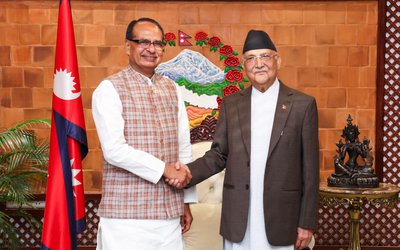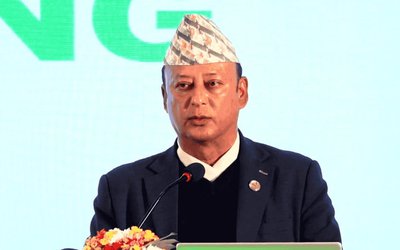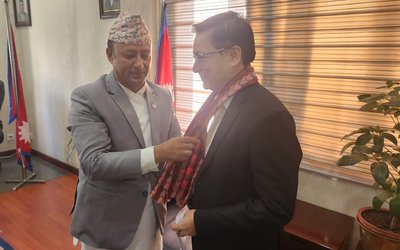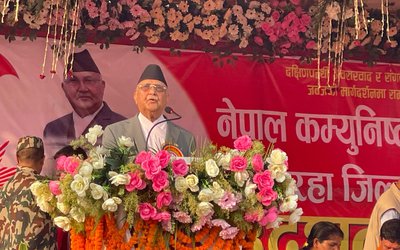More on National






The United Nations Children’s Fund (UNICEF) in South Asia and the Disaster Management centre from the South Asian Association of Regional Cooperation (SAARC) have joined hands to convene a high-level policy dialogue on Child-Centered Disaster Risk Reduction in South Asia.
According to a press release issued by UNICEF, SAARC member states have come up with a new framework to advance and strengthen child-centred regional and national policies on Disaster Risk Reduction and Climate Change Adaptation.
“Child-centred disaster risk reduction is a long-term investment. Raising awareness of children and youth on disaster risk will ensure better disaster-prepared generations across this region and contribute to save and improve many lives,” said Philippe Cori, Deputy Regional Director for UNICEF in South Asia.
Over the past decade, South Asia has faced more than 350 disaster events annually, affecting 264 million people per year and costing the region an average annual loss of about 109 billion USD. More than 60 percent of those killed or affected are children and although disasters affect all, children are disproportionately vulnerable to the risks.
In 2015 alone more than 1 million children were severely affected by the April 25 earthquake in Nepal; 840,000 children were affected by the Cyclone Komen in Bangladesh; half a million children were affected by avalanches, floods and conflict in Afghanistan; more than 4 million children were affected by floods in Jammu and Kashmir, India; and over 1 million children are suffering from acute malnutrition since the drought in the Sindh province of Pakistan.
The situation is further exacerbated by poverty, rapid urbanization, and socio-economic challenges in the region. Without proper interventions, millions of children in South Asia will remain at risk from diseases, malnutrition, psychological trauma, disrupted education and violence.
Under the Convention on the Rights of the Child, children have inalienable rights in all circumstances - including disasters when they are at their most vulnerable. They also have the right to participate in decisions that ultimately affect them. Child-centred Disaster Risk Reduction aims at strengthening accountability mechanisms between rights-holder (children) and duty bearers (parents, communities, service providers and governments); it also calls for meaningful participation of children and youth through long-term engagement, child-friendly discussions and tailored program interventions.





